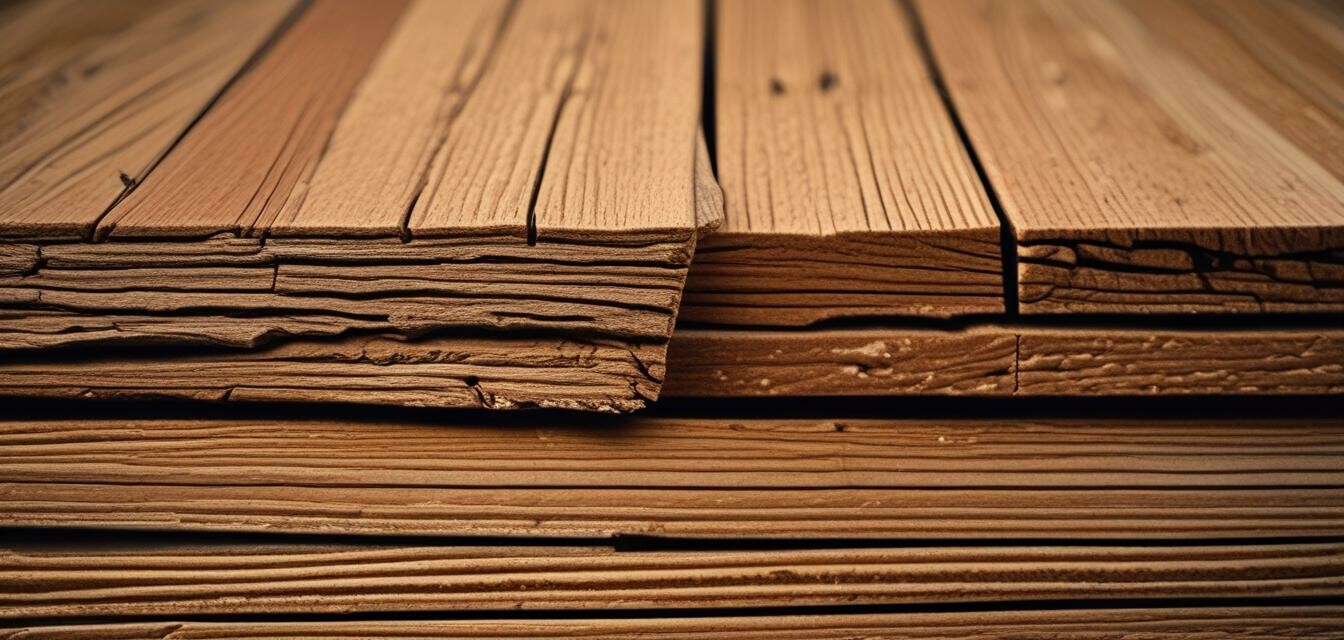
Selecting the Right Wood for Outdoor Projects
Key Takeaways
- Choose wood types that resist decay and pests for longevity.
- Hardwoods, such as teak and cedar, offer durability, while softwoods like pine may require additional treatments.
- Consider the local climate and environmental factors when selecting wood.
- Sealing or finishing your wood can enhance its lifespan and appearance.
When it comes to outdoor woodworking projects, selecting the right type of wood is crucial for ensuring longevity and functionality. Many factors come into play, from climate conditions to usage frequency. In this guide, we'll explore the best wood types for outdoor projects, along with maintenance tips to keep your creations looking their best.
Why Wood Choice Matters
Choosing the wrong type of wood can lead to costly repairs or replacements. Outdoor wood must endure exposure to elements such as moisture, sun, and insects, which can lead to rot or warping. Here’s a deep dive into the best wood types for outdoor projects.
Best Wood Types for Outdoor Use
| Wood Type | Durability | Common Uses | Natural Resistance |
|---|---|---|---|
| Teak | High | Furniture, decking | Water, pests |
| Cedar | Moderate to High | Fencing, decking | Insects, decay |
| Redwood | High | Furniture, summerhouses | Water, decay |
| Pine (treated) | Moderate | Decking, planters | Some resistance after treatment |
| Cypress | Moderate | Furniture, siding | Insects, decay |
Pros and Cons of Outdoor Woods
Pros
- Hardwoods offer high durability and resistance.
- Softwoods can be treated for increased protection.
- Natural aesthetics of wood can enhance outdoor spaces.
Cons
- Some woods can be expensive.
- Treated wood may contain chemicals that can leach into the environment.
- Less resistant woods will require more maintenance.
Factors to Consider When Selecting Wood
Here are some critical factors to keep in mind when selecting wood for your outdoor projects:
- Climate: Hot, humid climates may require more resistant wood.
- Exposure: Will the wood be in direct sunlight, or will it be shaded?
- Usage: High-traffic areas may need a more durable option.
- Appearance: Consider the finish and look of the wood.
Maintenance Tips for Outdoor Wood
Proper maintenance can help extend the lifespan of your outdoor wood projects:
- Seal or stain the wood to protect against moisture.
- Regularly clean surfaces to remove dirt and debris.
- Inspect for signs of damage or pests, and address issues promptly.
- Consider reapplying finish every couple of years.
Featured Products for Your Outdoor Projects
When it comes to woodworking, having the right tools can significantly enhance your projects. Here are a couple of recommended products to help you succeed:
Metabo HPT Compound Miter Saw
This miter saw features a large table for stability, a powerful 15 amp motor, and precision cutting capabilities, ideal for your woodworking needs.
Explore NowBarrington Hardwoods Maple Lumber Boards
These kiln-dried maple boards are perfect for various outdoor DIY projects, offering both stability and aesthetic appeal.
See ProductConclusion
Selecting the right wood for your outdoor projects is essential for ensuring durability, aesthetic appeal, and overall success. With careful consideration of the various types of wood available, maintenance recommendations, and the right tools, you'll be well-equipped to tackle any woodworking project.
If you want to learn more about other woodworking techniques, check out our articles on Wood types and their uses and DIY woodworking project kits. Happy woodworking!





